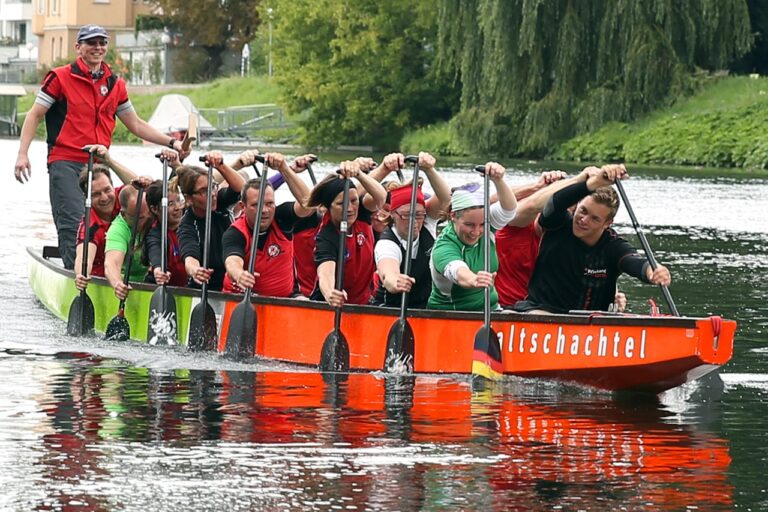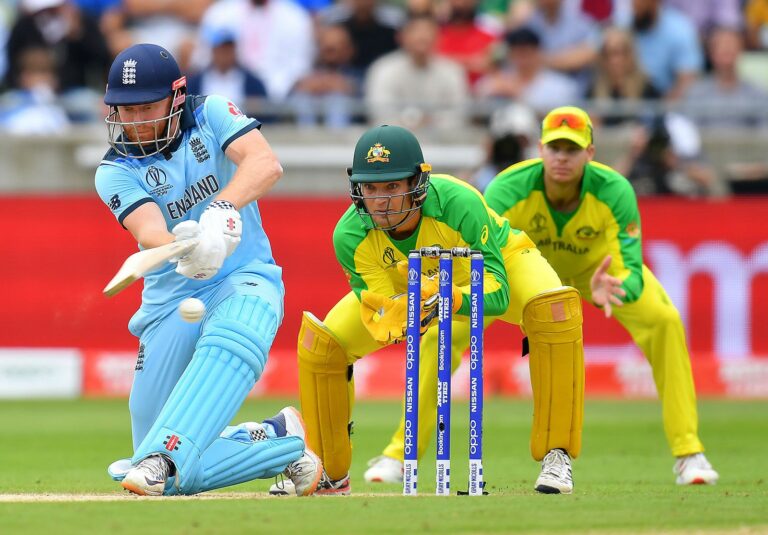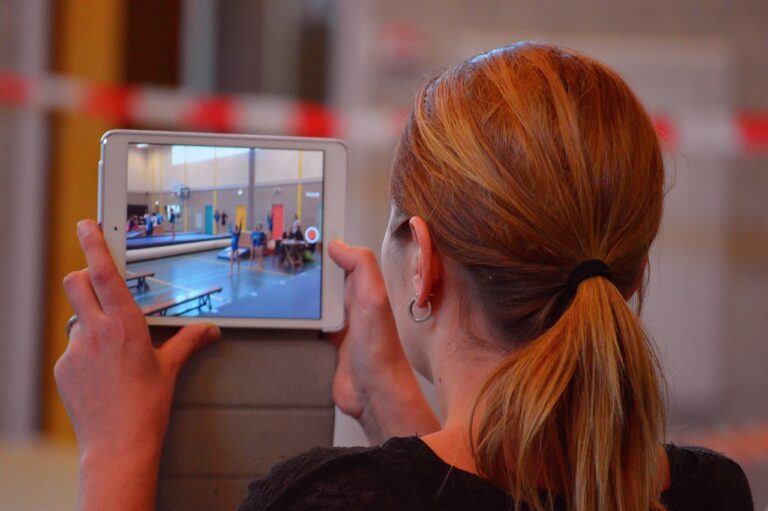Cricket and Social Inclusion: Programs to Engage Marginalized Groups and Promote Diversity
Gold365, Gold365: In recent years, cricket has made strides in promoting inclusivity through various programs aimed at providing access to marginalized groups. These initiatives have focused on breaking down barriers to participation, particularly for individuals from underrepresented communities. By creating opportunities for individuals of diverse backgrounds to engage in cricket, these programs are working towards fostering a more inclusive and welcoming environment within the sport.
Through initiatives such as community outreach programs, youth development schemes, and coaching clinics, cricket organizations are actively working to address the challenges faced by marginalized groups in accessing the sport. By offering support and resources to individuals who may not have had the opportunity to participate in cricket previously, these programs are helping to create a more equitable playing field for all aspiring cricketers. With a focus on empowering individuals from diverse backgrounds, these initiatives are playing a crucial role in promoting diversity and inclusivity in cricket.
Challenges Faced by Marginalized Groups in Sports
Marginalized groups in sports often encounter obstacles that hinder their participation and success. Discrimination, lack of resources, and unequal opportunities are some of the key challenges faced by these individuals. The bias and barriers they face can prevent them from fully realizing their potential and pursuing their athletic dreams. Without adequate support and recognition, marginalized groups struggle to thrive in the competitive world of sports.
Moreover, limited representation and visibility in sports media pose additional challenges for marginalized groups. The lack of diverse role models and positive portrayals can reinforce stereotypes and further marginalize these communities. With limited access to platforms for recognition and celebration of their achievements, these athletes face an uphill battle in breaking through the existing barriers and gaining equal opportunities in the sporting world.
• Discrimination, lack of resources, and unequal opportunities hinder participation and success
• Bias and barriers prevent marginalized groups from realizing their potential in sports
• Limited representation and visibility in sports media reinforce stereotypes
• Lack of diverse role models further marginalize these communities
• Limited access to platforms for recognition hinders athletes from gaining equal opportunities
Benefits of Diversity in Cricket
Diversity in cricket brings a variety of perspectives, skills, and experiences to the game. When players from different backgrounds come together, they bring unique strengths that complement each other, leading to a richer and more dynamic team dynamic. Embracing diversity in cricket not only fosters a sense of inclusivity but also enhances the overall performance of the team.
Furthermore, diversity in cricket helps to break down barriers and challenge stereotypes within the sport. By showcasing players from various ethnicities, cultures, and genders, cricket becomes more accessible and relatable to fans from all walks of life. This inclusivity helps to inspire a new generation of players and fans, ensuring that cricket remains a vibrant and evolving sport for years to come.
What are some programs that promote inclusivity in cricket?
Some programs that promote inclusivity in cricket include initiatives to increase participation among marginalized groups, provide training and resources for underrepresented communities, and address barriers to entry in the sport.
What challenges do marginalized groups face in sports, specifically in cricket?
Marginalized groups in sports, including cricket, often face barriers such as lack of access to resources, discrimination, stereotypes, and limited opportunities for development and advancement in the sport.
What are the benefits of diversity in cricket?
Diversity in cricket can lead to a more inclusive and welcoming environment for players of all backgrounds, promote cultural exchange and understanding, and help to break down stereotypes and biases within the sport and society as a whole.







